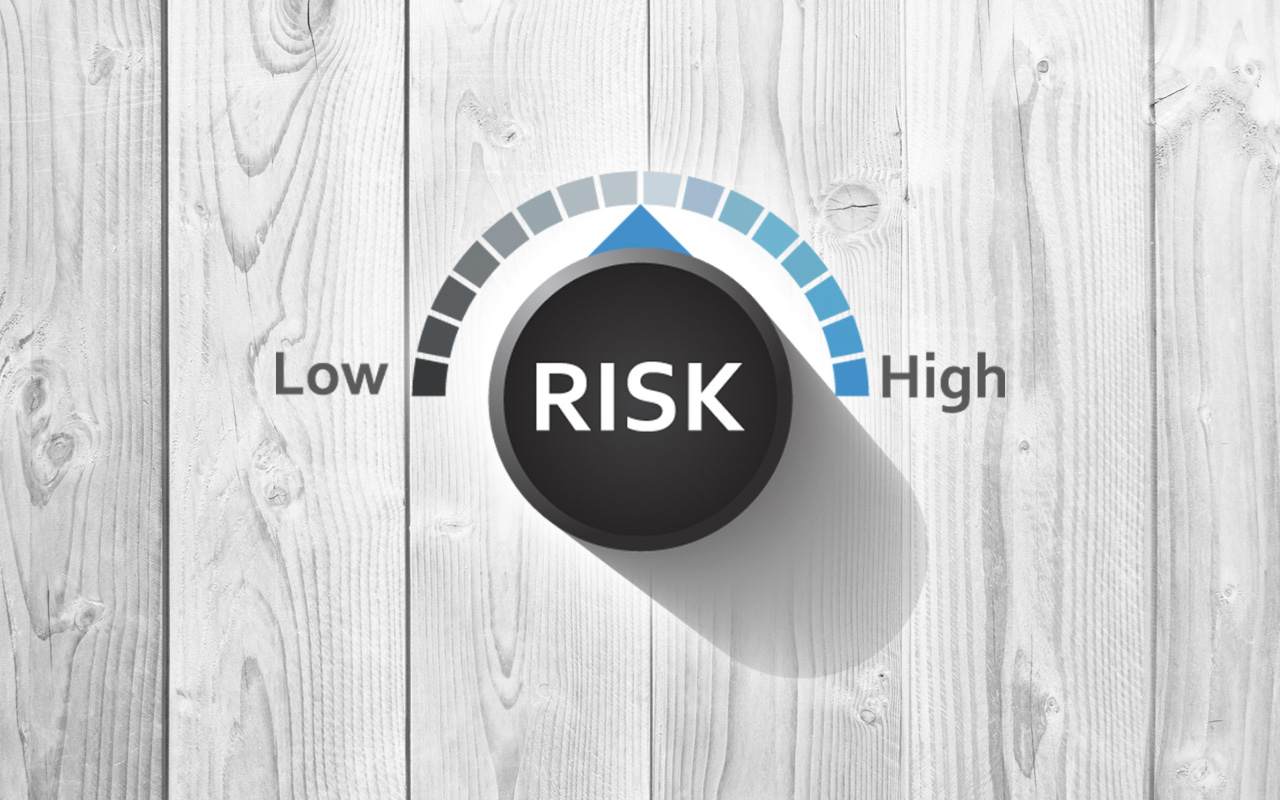One of the most essential principles of any trader in the forex market is risk management. In fact, as the forex market is highly volatile, all changes in a market may happen very, very fast. Although this market may have more profit, it also has bigger risks at the same time. These strategies and tools for risk management help traders and investors consolidate possible losses and protect a part of their assets. In this article, the Trade Toofan Academy teaches you the best tools for forex trading risk management.
1. Stop Loss
The stop loss is among the simplest and most widely used risk management strategies in forex trading. It leaves traders in charge of setting the amount they can afford to lose. Once the price reaches the predetermined stop-loss level, then it will automatically close the position, hence preventing further losses from happening.
Advantages of Using Stop Loss:
- Prevents large-scale losses
- Takes a load off the trader’s mind
- Improved multi-trade management
The most common strategy that the stop loss has is in placing the order at crucial support or resistance levels. Traders would select the correct levels to place the stop-loss based on some technical analysis or principles of trading.
2. Take Profit
The take profit tool works on similar grounds as the stop loss but in the opposite direction. It permits traders to set their target profit. If the price reaches the level of a take profit, the position is automatically closed, and it enables the trader to lock up his profit. It helps the trader to benefit from the market fluctuations, even if they cannot actively monitor them.
Advantages of Using Take Profit:
- It can prevent further reversals from eliminating your profit; therefore, you don’t have to monitor it all the time
- You won’t lose your profit even when the price happens to reverse
- You can capitalize on short-term market opportunities
Marrying take profit to stop loss enables traders to manage their strategies better and utilize the risk and opportunities at hand for optimal outcomes.
Read More: The Impact of International Trade Relations on Forex Exchange Rates
3. Position Sizing
Another key tool in managing risk is the management of trade size. Position sizing indicates the amount of capital a trader is investing in every trade. If the right trade size is chosen, then potential loss will remain low, thereby avoiding large risks. Professional traders always advise never to risk more than 1-2% of total capital on any single trade.

Key Points in Position Sizing:
- Never risk too much capital in one trade.
- Adjust position size according to account size and risk tolerance
- Choose smaller trade sizes with higher-risk trades
4. Leverage and Its Management
One of the attractions towards the forex market is leverage. It provides a means for traders to participate in much larger position sizes than they ordinarily would have had, were the trade to be funded completely by the trader’s capital. Using leverage, however can carry significant risks. While leverage can increase profits, it also increases losses to the same degree. Proper leverage management, therefore, is one of the major tools of risk management.
Important Points in the Use of Leverage:
- Use leverage that is appropriate for your experience and risk tolerance at all times
- Use low leverage on high-risk trades
- Remember, the higher the leverage used, the higher the risk
Many beginners are prey to large losses due to the incorrect usage of leverage. This means learning the right application of leverage is a key component in capital preservation.
5. Diversification
Diversification is a conventional risk management system that applies to forex trading, too. A trader instead may opt to diversify his portfolio of currency pairs on which to execute his trade. Overall investment risk is minimized because any decline in one currency pair can be substituted for an increase in other pairs.
Advantages of Diversification:
- Reduces overall investment risk
- Gives an ability to ensure profitability by proper market analysis
- Dependence on only one currency pair is less
However, diversification must be done properly. The traders must utilize an in-depth analysis and review of the market for choosing the right currency pairs to diversify the portfolio.
Read more: Introducing Advanced Trading Platforms for Forex Professionals
6. Technical and Fundamental Analysis
Some of the important tools for risk management include technical and fundamental analysis for identifying proper entry and exit points. Charts, price patterns, and various indicators will enable the traders to spot trading opportunities. In addition to identifying trading opportunities, traders can predict any future market fluctuation by analyzing economic and political data and thus evade huge losses.
Benefits of Using Technical and Fundamental Analysis:
- Precisely indentify entry and exit points
- Optimization of Trading Strategies
- Predict market movements before major fluctuations occur
7. Trailing Stop
The trailing stop is one more advanced risk management tool that allows you to move your stop loss level as prices tend to move in your favor. It gives you the leeway needed to take advantages from higher profits while reducing losses in case of any downturn.
How the Trailing Stop Works:
- The stop loss level automatically adjusts with every move in price.
- If the price reverses back to the set level, then the position is closed.
- It is quite helpful and is most useful when the market is turbulent.
A trailing stop helps a trader to optimize his profit without permanent supervision, and it also saves against sudden losses.
Conclusion
Risk management is probably the most basic principle underlying success in forex trading. It involves a range of tools: stop loss, take profit, position sizing, leverage, diversification, technical analysis, and fundamental analysis-all aimed at helping traders reduce their risks and find an edge in the market. By using these wisely, traders can protect their capital while reaping the benefits from fluctuations in markets.

Leave a Reply